Influential and Compassionate Photographer Larry Fink Has Died
![]()
Photographer Larry Fink, best known for his black-and-white photographs documenting American society, passed away at his home in Pennsylvania over the weekend at age 82.
Fink was celebrated for his distinct photographic style, which showed his subjects somewhat isolated from their surroundings thanks to his use of a handheld off-camera flash, and his authentic depictions of his diverse, wide-ranging subjects.
Photo series such as “Social Graces” and “Kindred Spirits” earned Fink a powerful and lasting reputation in photography and the art world at large. His work was showcased in publications like Vanity Fair and The New York Times Magazine, and he had numerous solo exhibitions at significant venues, including the Museum of Modern Art, the Whitney Museum, the Philadelphia Museum of Art, and many more.
In 2019, Fink’s work was displayed as part of a retrospective at the Fotografia Europea in Italy. He was also a two-time recipient of the John Simon Guggenheim Fellowships (in 1976 and 1979), a two-time awardee of the National Endowment for the Arts, and he won two Lucie Awards for Documentary Photography, alongside many other prestigious awards, achievements, and exhibitions.
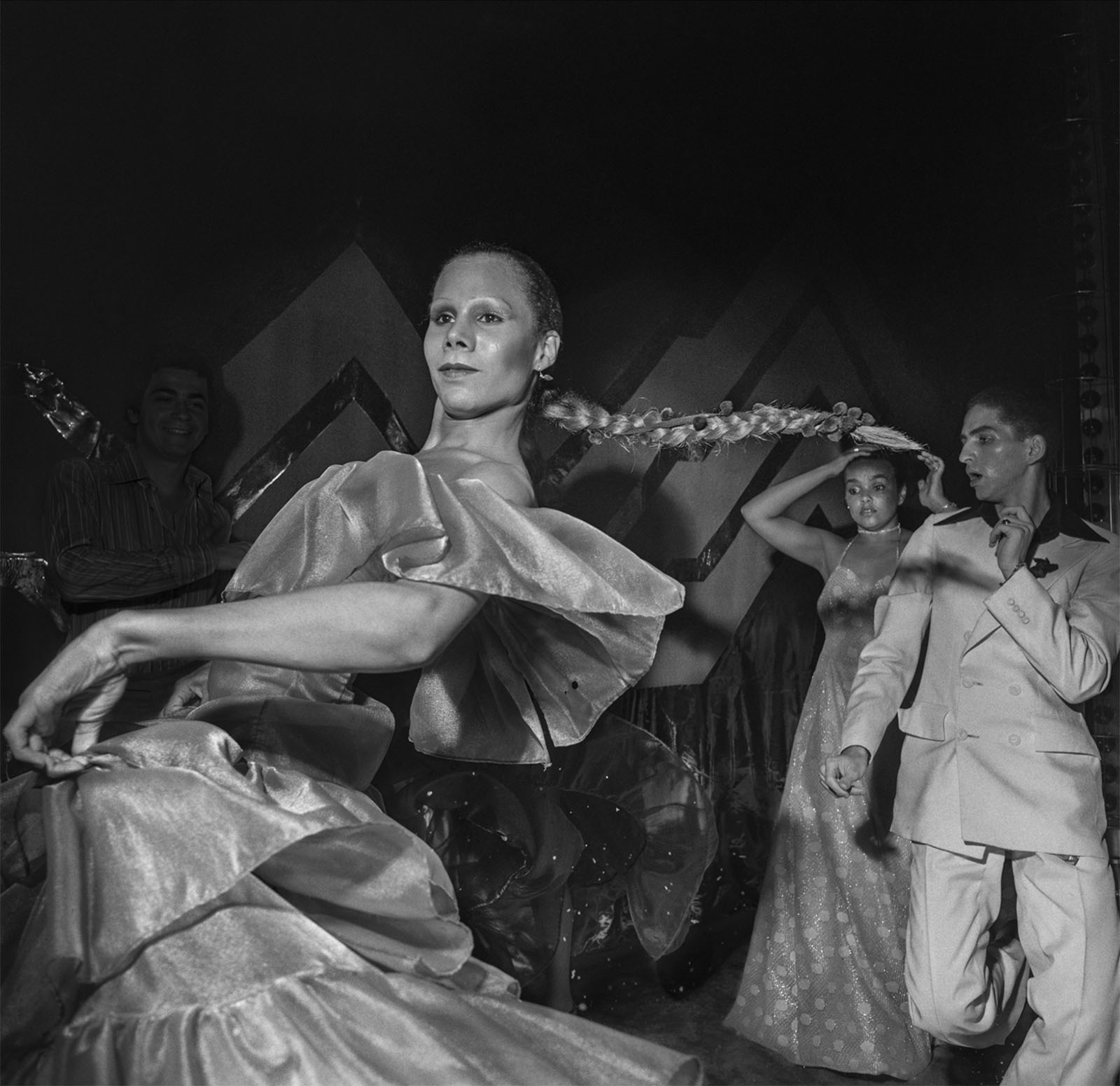
In addition to Fink’s countless professional achievements, he also spent more than 50 years teaching at educational institutions, including Bard College, Yale University School of Art, Cooper Union, Parsons School of Design, and New York University.
The photographer continued working very late into his life, and his work was recently featured in a New York Times article on aging, something the photographer remarked on Instagram that he was “becoming well acquainted with.”
Given that Fink’s subjects spanned all socioeconomic levels within society, it is important to consider his political beliefs and ideologies when contemplating his work. Fink told Blind Magazine in 2021 that he “was born a communist,” and that his mother was a fearless communist organizer at a time when it was perilous to be associated with communism.
“My mother was a communist. She was an organizer, and she had no fear. She was a bourgeois also. She loved mink stoles. My father was a kind, patient man with a stamp collection. My folks had some money so they used to drive around in a Stutz Bearcat, go to Florida, and hang out. They liked leisure, parties and jazz music so my upbringing was a contradictory one,” Fink recalled to Blind Magazine.
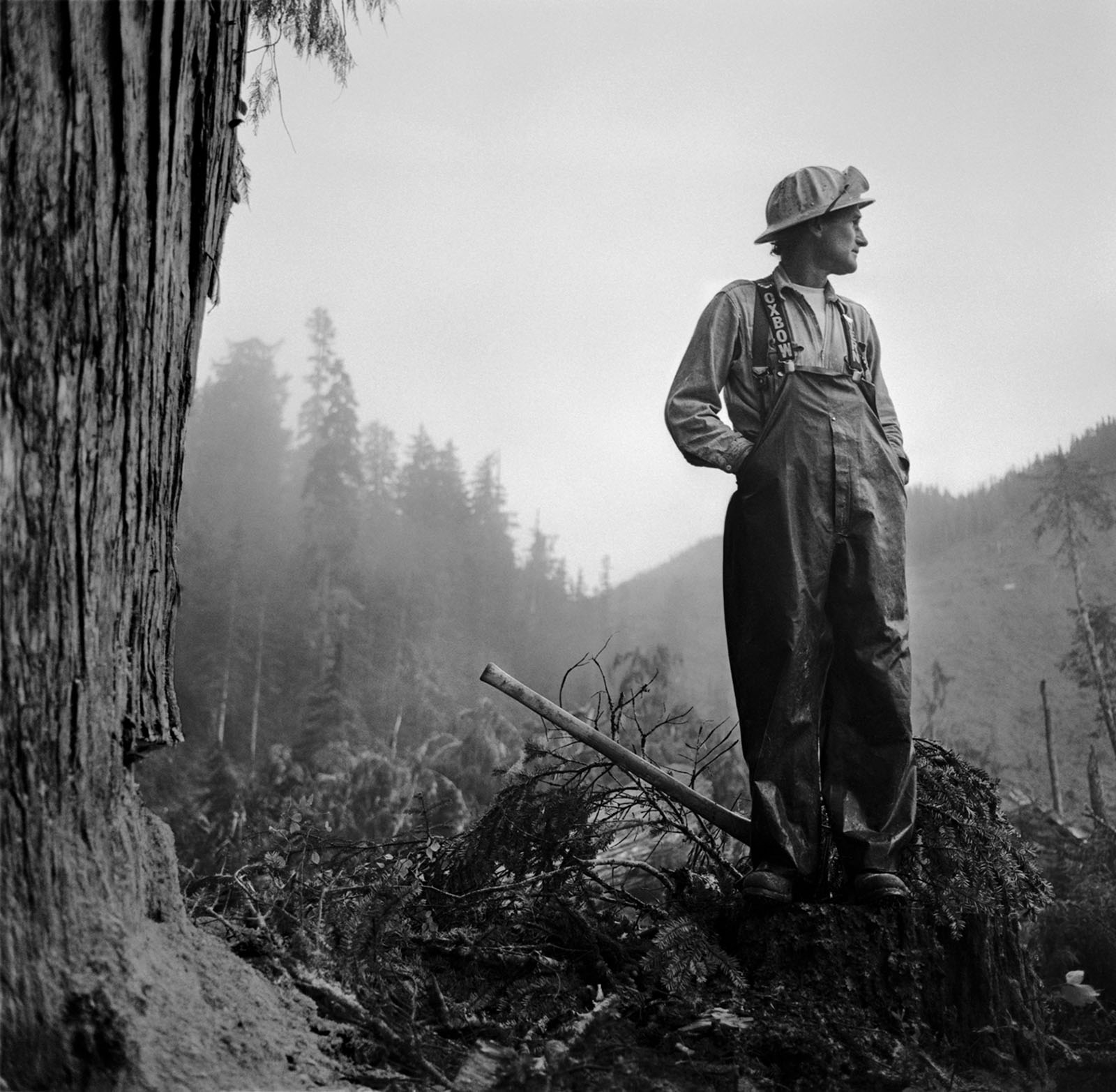
© Larry Fink, Courtesy Robert Mann Gallery
Fink aimed to use photography to achieve political goals in the early 1960s when he moved to New York City. “I was photographing for the revolution. Everything I did out on the streets was not about whether or not I would get a story idea I could sell to Look magazine, it wasn’t my ilk,” Fink explained.
“Success wasn’t an interesting factor in my mind. It was victory, revolution, and the transformation of human emotional culture so that this would be a more magnificent place. Of course the revolution didn’t quite get there so I was left with a career,” Fink remarked.
And what a career it was. The renowned photographer always retained his drive to document and transform society through his artwork, which treated every subject, no matter their background and social status, with compassion and dignity.
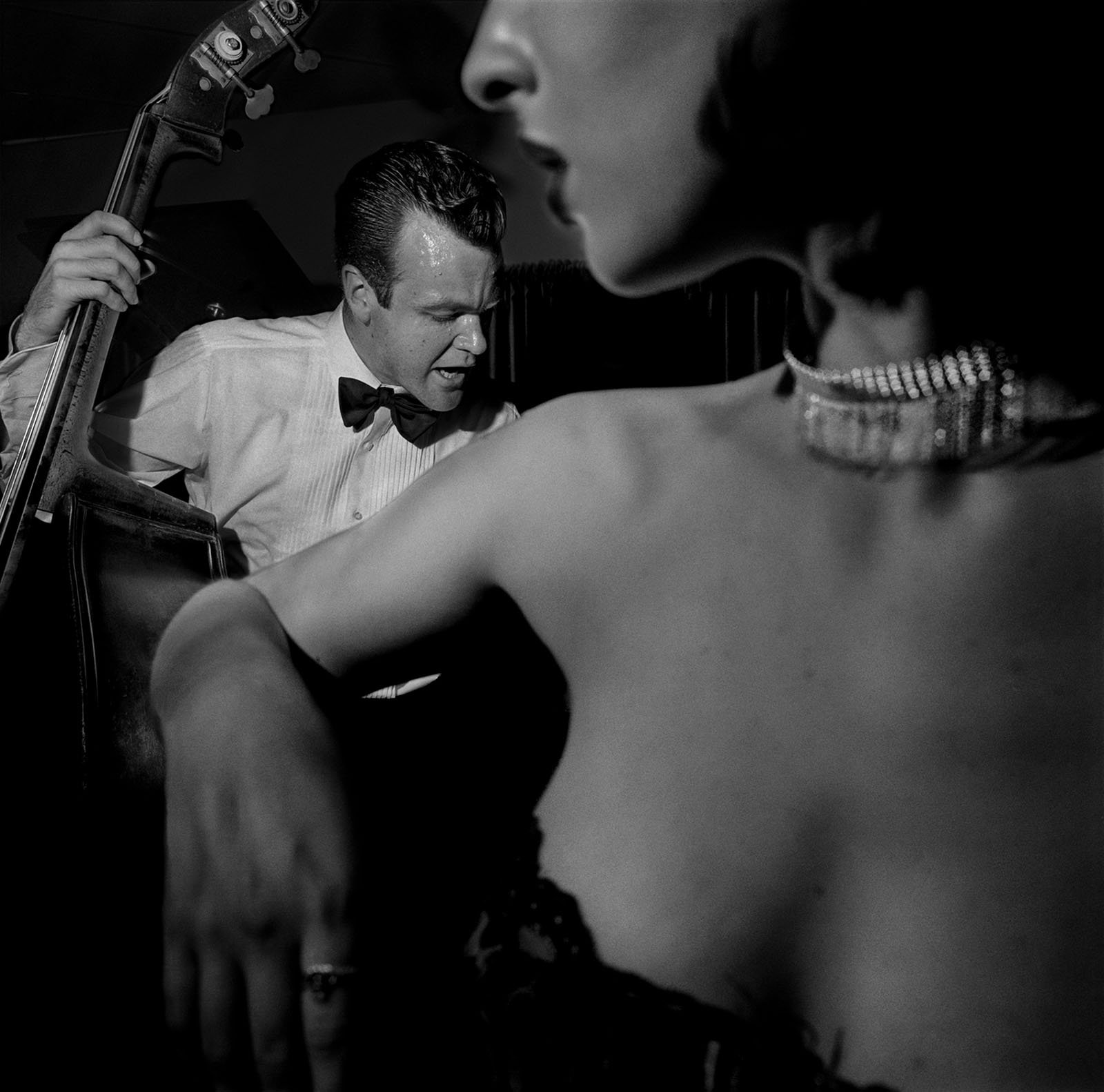
Larry Fink’s work remains part of the Robert Mann Gallery’s collection. Speaking to PetaPixel on the phone, the gallery’s founder, Robert Mann, shared heartfelt sentiments about Fink as a friend and photographer.
“Larry was a dear friend. He and I had been associated since the late 1970s in one way or another,” Mann explains. “I found him to be a really unique individual. He marched to the beat of his own drum, and not just in personality, but also in his image making. He quickly established a unique style for himself that set him apart from all other artists.”
“He had sort of a rawness to it and a spontaneity to it, and yet he also had the gift of capturing the specific moment, the quintessential moment, and he had an ability to capture that moment and isolate it in a way that was just unique to him that no one else has I’ve ever seen replicate.”
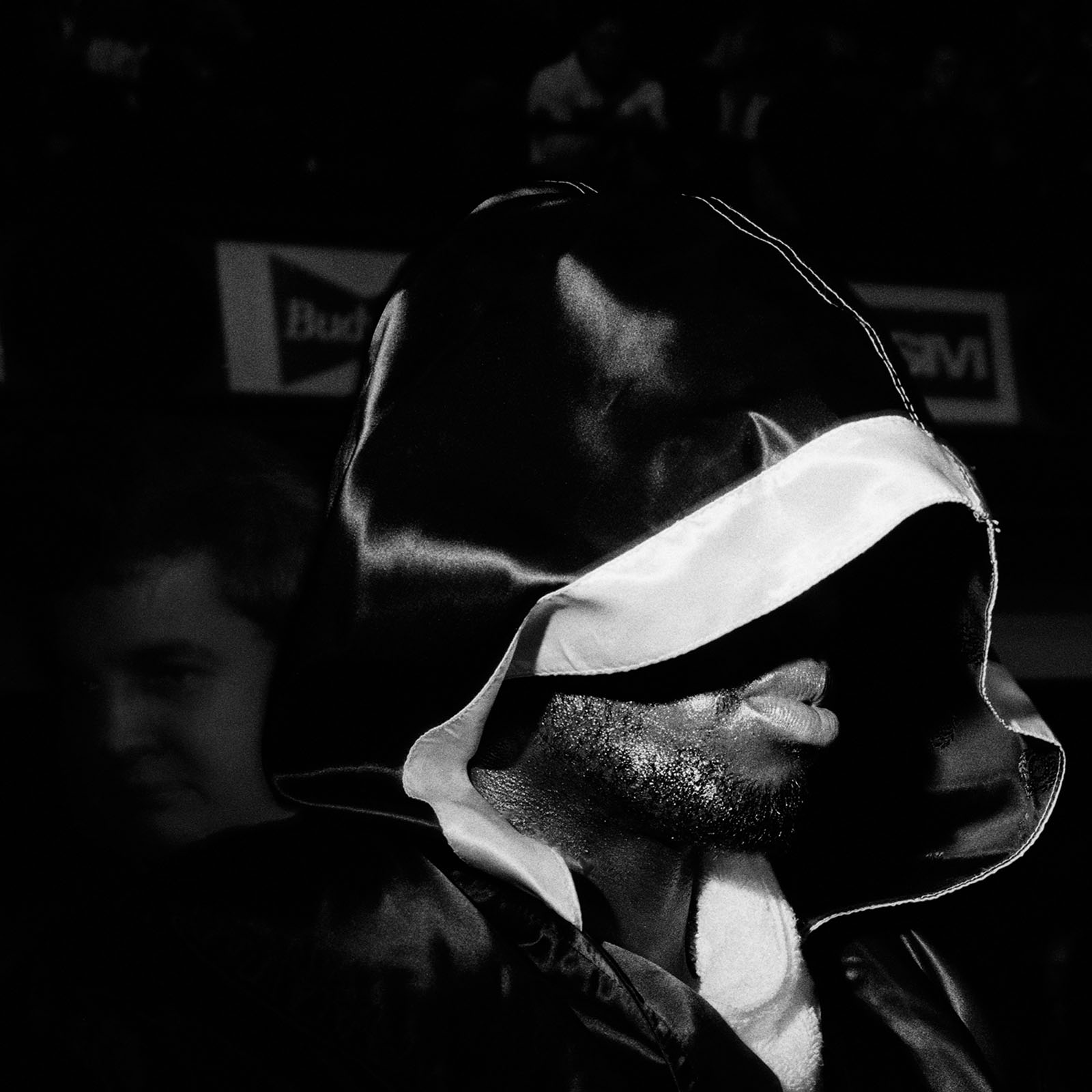
“His legacy will live on. He’s leaving behind an expansive body of work and one that has delved into areas and shown social and psychological nuances and aspects of life that not many other artists have tackled in a similar way,” Mann continues.
Pointing to Fink’s iconic “Social Graces” series, the subject of multiple major exhibitions and an influential book, Mann explains that the epic body of work will go down in history as a significant milestone of photography. The images looked at the “haves” and “have nots” in society in a special way.
“You get a real flavor for who [Larry] was in the way that there’s a bit of detachment, let’s say, among the social elite and the way that they appear in his pictures versus the local residents in rural Pennsylvania near where he lived. They must’ve accepted him into their world. I find that very telling. He was a socialist at heart. He had a great love for all humanity, and the way that comes across in his images is very clear,” Mann says.
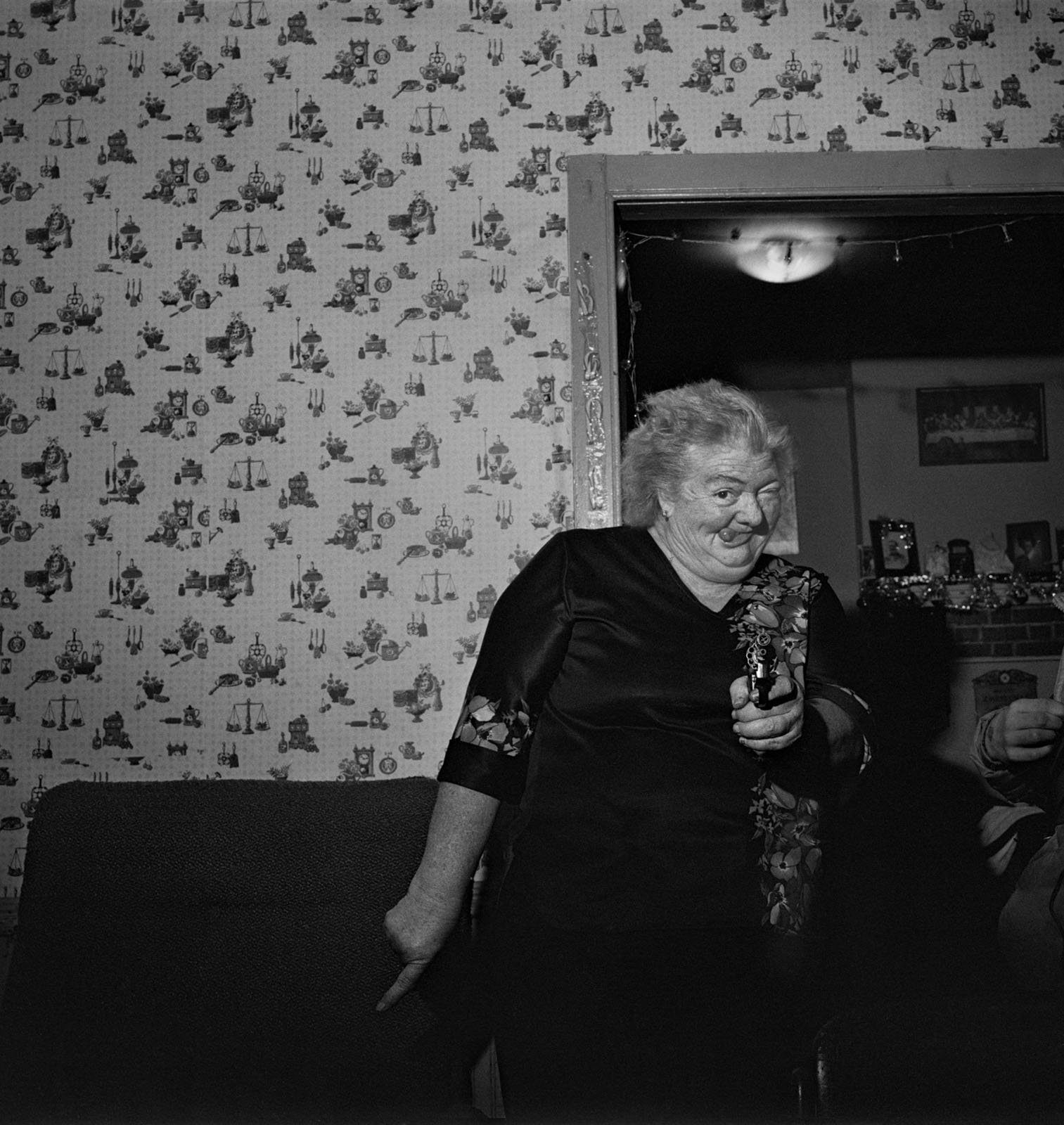
“He was a sort of free spirit. He went rogue in terms of his approach to photography and life in general.”
Mann recalls that Fink’s spontaneity went far beyond his photography, it was who Larry Fink was as a person.
“You would be in talking to him, and all of a sudden he’d just break out in poetry and you’d feel transported back to the 1950s as though you’re sitting in a coffee house in the Greenwich Village listening to a beat poet, and then he’d surprised you by whipping out his harmonica and playing a few riffs on it,” Mann says fondly. “That kind of spontaneity that would catch you off guard, but I found [it] extremely enchanting. You’d feel it in his image making as well. He wasn’t traditional in the way that he approached the subject matter [or] in the way that he captured it on film. There was something very unique in his method, but it was very successful and it was very honest, and that comes through in all the pictures that he made.”
Image credits: All images by Larry Fink and provided courtesy of the Robert Mann Gallery. The header image includes a screenshot from TIME’s video on Larry Fink, included above.